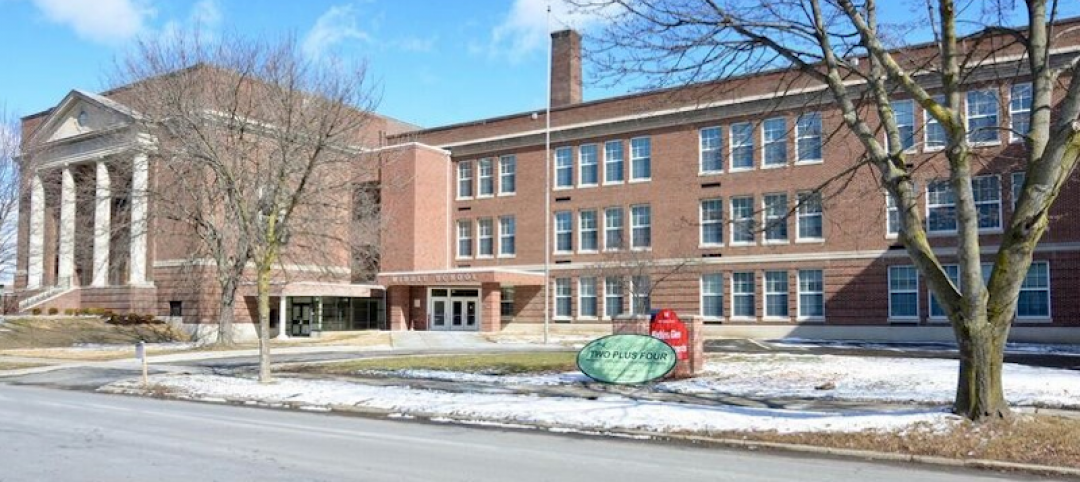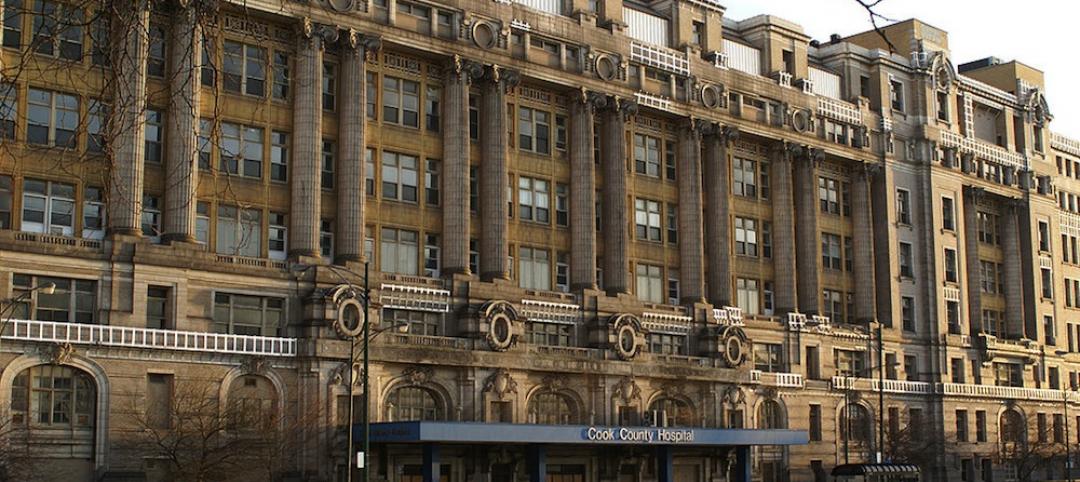New York City has a new Office Conversion Accelerator Team that provides a single point of contact within city government to help speed office-to-residential conversions.
Projects that create 50 or more housing units from office buildings are eligible for this new program. The program will assist owners with analyzing the zoning feasibility of individual conversion projects and help to secure necessary permits.
The city’s team will include personnel from the Department of City Planning, the Department of Buildings, the Department of Housing Preservation & Development, the Board of Standards & Appeals, and the Landmarks Preservation Commission. “Property owners of existing office buildings can seek the interagency team’s help to identify barriers to conversion and expedite pathways to overcome those barriers,” according to a city news release.
The creation of this team was recommended by an adaptive reuse study released by the city earlier this year. The study also advocated for rezoning to allow more conversions in mid-town Manhattan, parts of Queens, and the Bronx.
Mayor Eric Adams earlier this year said an area of midtown that stretches from Chelsea through the Garment District can create some 20,000 housing units through conversions.
Related Stories
Office Buildings | Mar 27, 2017
New York warehouse to become an office mixing industrial and modern aesthetics
The building is located in West Chelsea between the High Line and West Street.
Adaptive Reuse | Nov 9, 2016
Middle school transformed into affordable housing for seniors
The project received $3.8 million in public financing in exchange for constructing units for residents earning less than 60 percent of the area’s median income.
Adaptive Reuse | Nov 7, 2016
From fuel to food: adaptive reuse converts a closed gas station in Princeton, N.J., to a Nomad pizza
The original building dates back to the Modernist 1930s.
Hotel Facilities | Sep 7, 2016
Fish out of water: The site of a Birdseye frozen-food factory in Gloucester, Mass., transforms into a seaside hotel
The construction of this 94-room hotel and conference center pitted tourism proponents against locals who want to preserve this historic city’s fishing heritage.
Healthcare Facilities | Apr 24, 2016
A symposium in New Jersey examines how a consolidating healthcare industry can better manage its excess real estate
As service providers position themselves closer to their communities, they are looking for ways to redirect non-core buildings and land for other purposes.
Adaptive Reuse | Apr 7, 2016
Redevelopment plan announced for Chicago’s historic Cook County Hospital
The century-old, Beaux Arts architecture-inspired hospital will transform into a mixed-use development.













